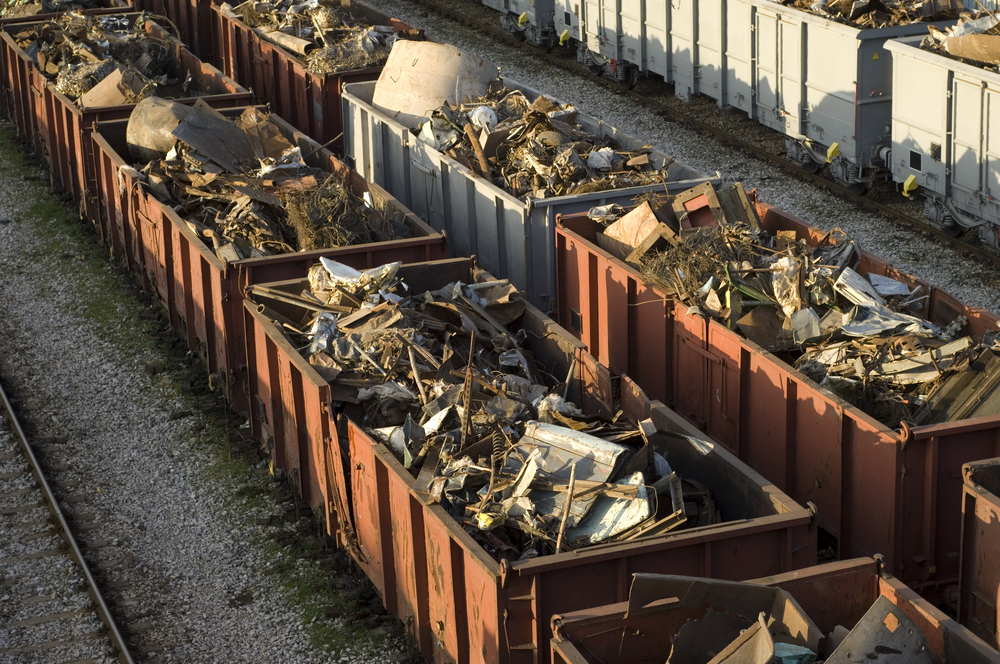
Out when the west was still wild and cowboys ran across the plains, the railroad was laying tracks to connect the east and west coast. The railroad was the fastest way to travel for people as well as products across America. Surprisingly, the railroad industry is also one of the oldest to reuse and recycle its parts; even today they still recycle everything they can. Travelers use to buy their tickets and board the trains and anxiously await its departure. Some of the first railroads were equipped with boxcars for sleeping, dining facilities and personal suits. They had all the amenities to be your home away from home. As those wooden boxcars became worn down, or as the coal powered engines became mechanically unsounds, the railroad didn’t simply toss them into a graveyard next to the tumble weeds, they reused every piece they could from the tracks to the cars, and they still do.
When the railroad industry first started to form the first step was to lay tracks and pinpoint destinations. The steel 10 foot long beams that workers would lay always have to be paid close attention to. In the cold months the steel would contract and in the heat of summer they would expand, each track has to be the same thickness to avoid unwanted derailment. So maintenance technicians had to be mindful of when a beam needed to be replaced. It wasn’t cost effective to simply make new tracks, so as they pull one section out, they would replace it with another that was previously pulled, recycling the beams, the spikes, ties, and even the crushed stone between tracks. In a lot of instances, some tracks are even left on site and have become popular hiking and biking trails. It’s like walking through history, a path worth taking just for the breathtaking views. Countless abandoned railroad bridges remain standing across America and provide spectators with not only a glimpse of the past but a reminder of more simple times.
The railroad industry wastes nothing when it comes to their lines. When certain components have reached the end of the line of their usefulness, even then they still have found great ways to be recycled. The old boxcars and sleeper cars have been either sold or reused and have become everything from museum displays to elaborate offices and some have become creative homes for the train enthusiasts. The old coal engines were converted to diesel, and now with electric tams and more energy efficient locomotives, these old engines have become learning pieces for the next generation, and a living history of the times before automobiles and interstates. The railroad is by far one of the oldest in recycling, and it continues to be. What use to take years to complete and weeks to travel on has now become the fastest means of traveling on land. If you get the chance, safely check out some old railroad lines, look inside of museums and just think of how far we’ve gone and how much the railroad industry did and still does help eliminate garbage by recycling their physical parts. Perhaps one day you too may want to call a refurbished boxcar your home, or follow the abandoned steel track to a breathtaking view.

